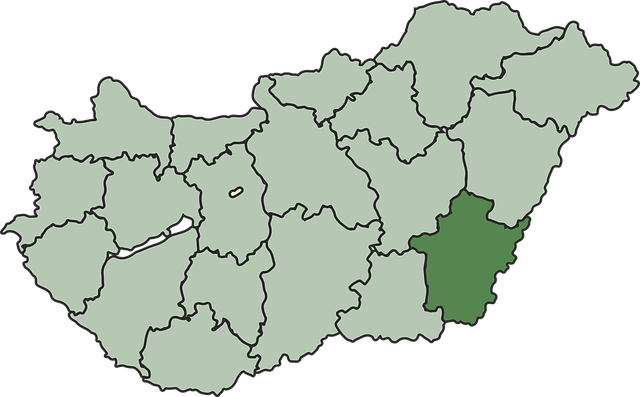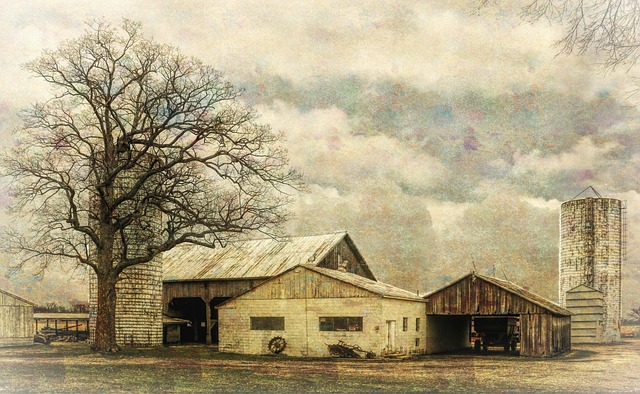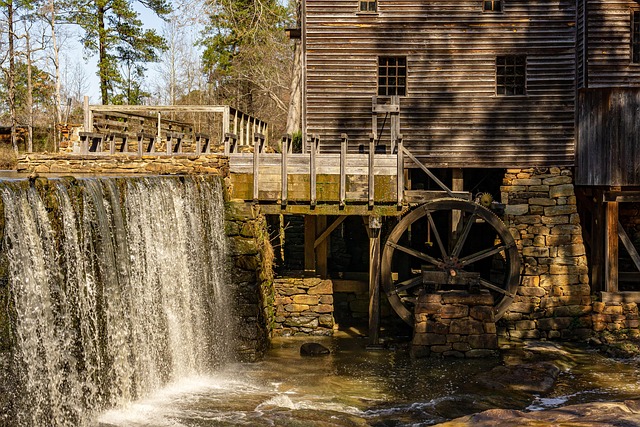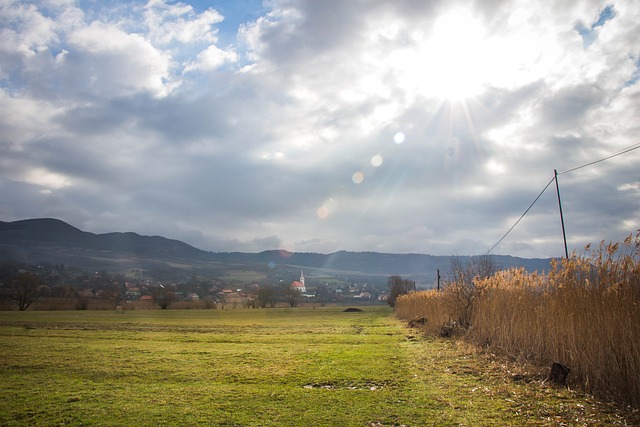Arizona's real estate market is defined by its diverse landscapes—from deserts to mountains—which influence property types and availability. This geographic tapestry drives development, urbanization, and the size of Arizona's counties. Understanding these factors is key to unlocking the state's real estate potential, catering to various preferences for living in urban centers, rural communities, or natural retreats, all while embracing Arizona's unique geographical heritage.
Arizona’s vast geographic landscape is a tapestry of diverse terrains, from arid deserts to rugged mountains. This complexity contributes to varying county sizes, with Maricopa County emerging as the state’s largest. With an expansive area spanning over 10,000 square miles, it presents unique real estate dynamics. Understanding its geographical advantages and challenges is crucial for anyone interested in Arizona’s real estate market, offering insights into property values, availability, and distinctive trends within this vast county.
Understanding Arizona's Geographic Landscape

Arizona, known for its diverse and breathtaking landscapes, presents a unique challenge for real estate developers and enthusiasts alike. The state’s geographic tapestry is characterized by towering mountains, vast deserts, and a complex network of canyons and valleys. This intricate landscape not only influences the availability of developable land but also shapes the types of properties that are sought after by residents and investors.
Understanding Arizona’s geography is key to unlocking its real estate potential. The state’s largest county, often defined by its expansive areas, offers a mix of urban centers, rural communities, and remote natural gems. This diversity presents developers with opportunities to create vibrant neighborhoods, luxury retreats, or eco-friendly communities, catering to various lifestyles and preferences while embracing the region’s remarkable geographic heritage.
– Overview of Arizona's diverse terrain

Arizona boasts a captivating and varied landscape, encompassing vast deserts, majestic mountains, and everything in between. This state’s diverse terrain is a major draw for both residents and visitors alike, offering a unique mix of natural wonders that shape the local culture and real estate market. The iconic desert landscapes, characterized by saguaro cacti and vibrant wildflowers, give way to rugged mountain ranges like the Rincon Mountains and the majestic Flagstaff, providing stunning backdrops for outdoor adventures.
The state’s geography also includes fertile valleys, such as the Gila Valley, known for its agriculture and scenic beauty. This diversity allows for a wide range of real estate options, from luxurious desert estates with sweeping views to cozy mountain cabins nestled among pines. Arizona’s terrain becomes an integral part of the local way of life, influencing where people choose to live, work, and play, contributing to a vibrant and multifaceted real estate market.
– Factors influencing county sizes

The size of a county is influenced by various factors, including historical development, geographical features, and economic trends. In Arizona, the largest county by area is often a result of its expansive desert landscapes and unique geological formations. These natural elements play a significant role in shaping the boundaries and overall size of counties. For instance, the vast expanses of desert and mountains can create larger territories compared to more densely populated or topographically diverse regions.
Real Estate development also contributes to county sizes. As urban centers grow and expand, they often incorporate surrounding areas, leading to increased county boundaries. Arizona’s rapid urbanization, particularly in metropolitan areas like Phoenix, has likely contributed to the expansion of its largest counties. This growth is driven by factors such as job opportunities, infrastructure development, and the allure of a particular region’s climate or natural beauty, all of which can influence the way counties are defined and their overall size.






